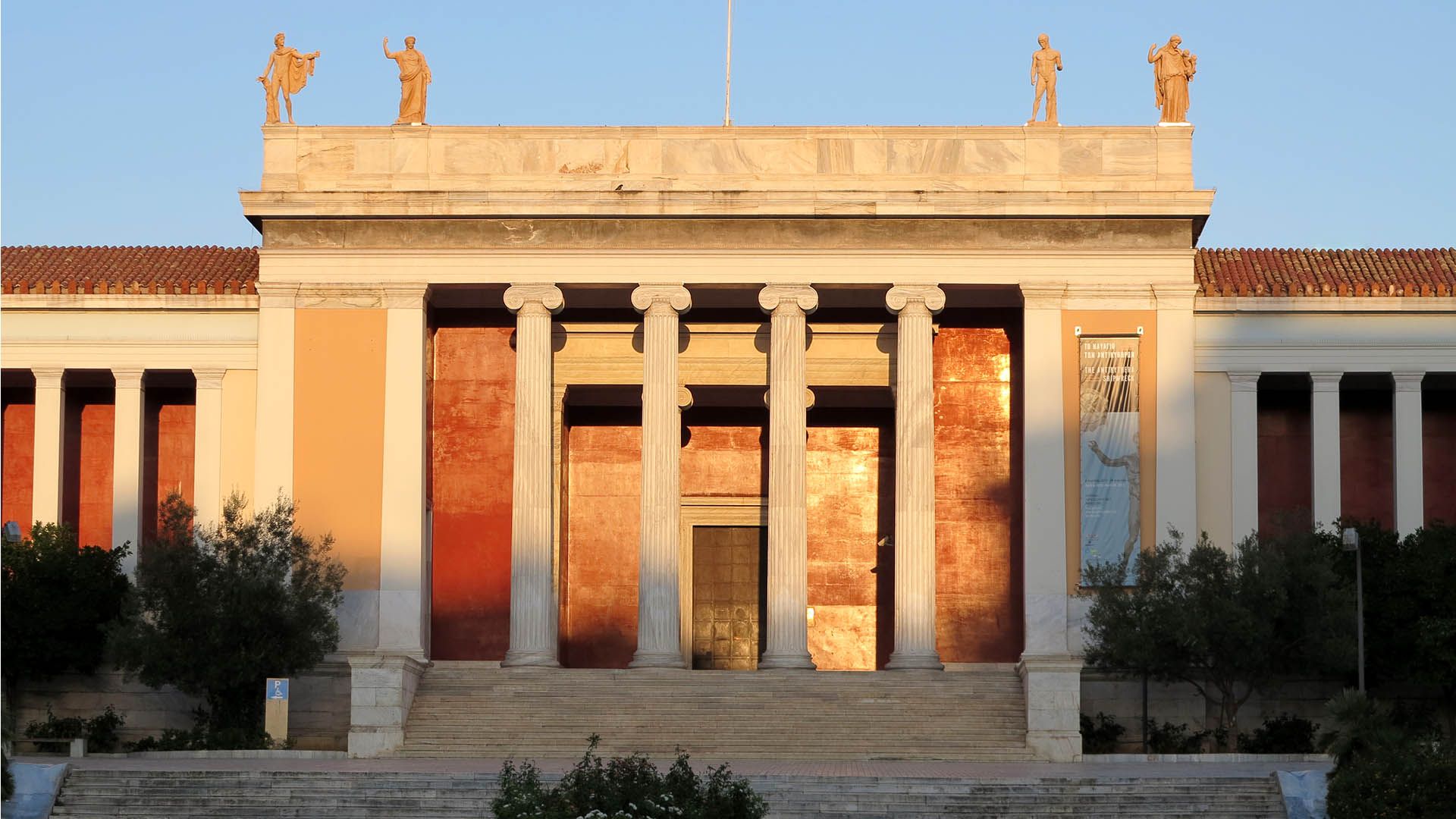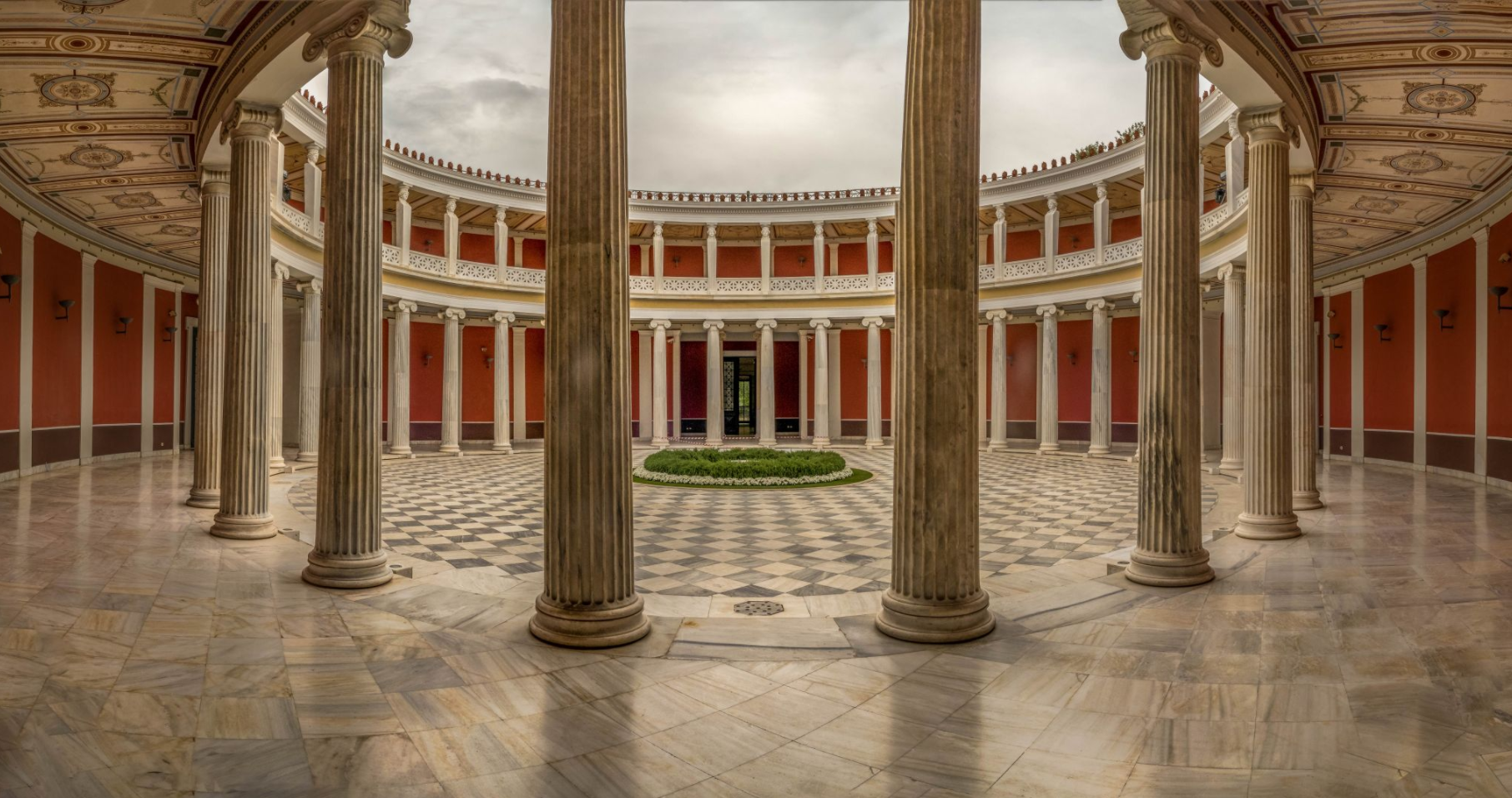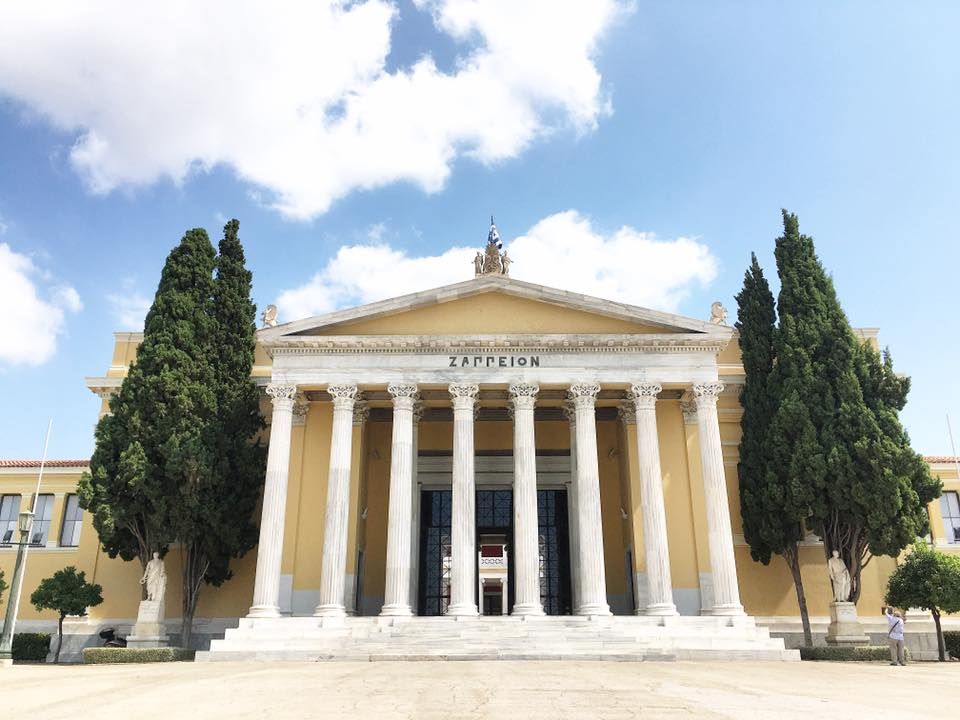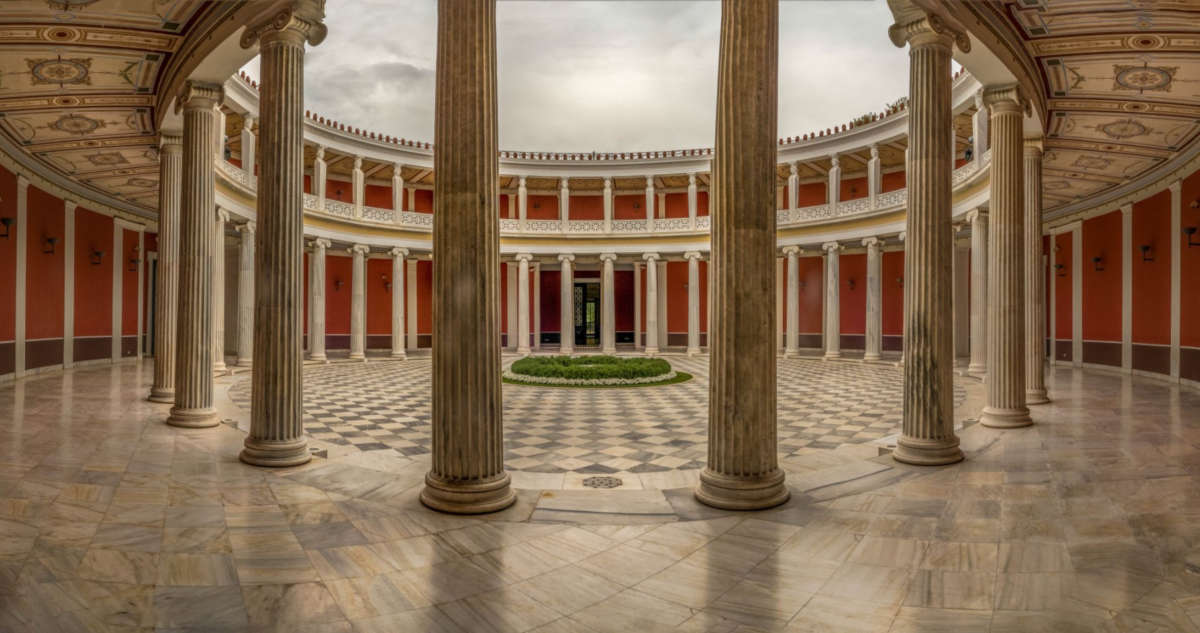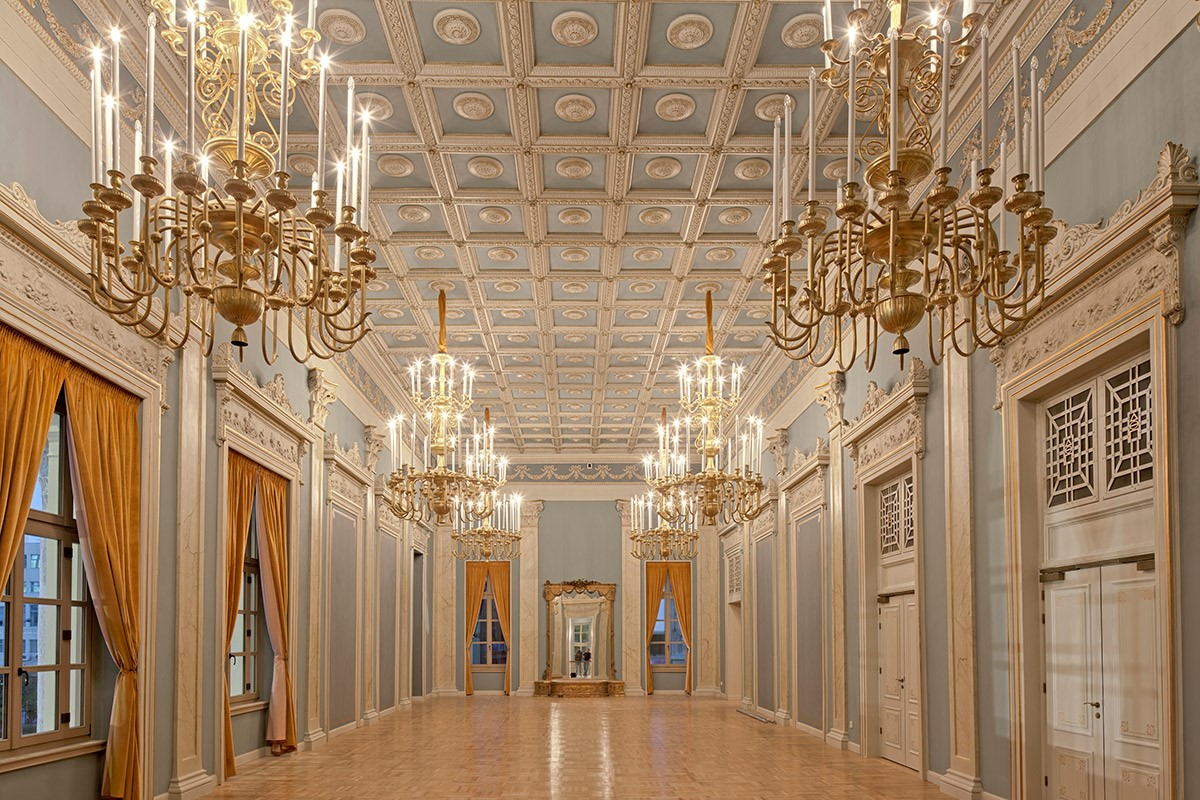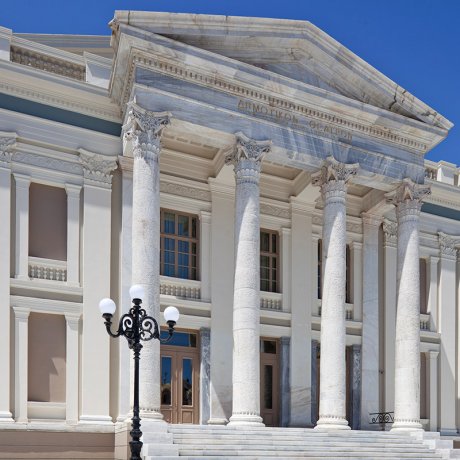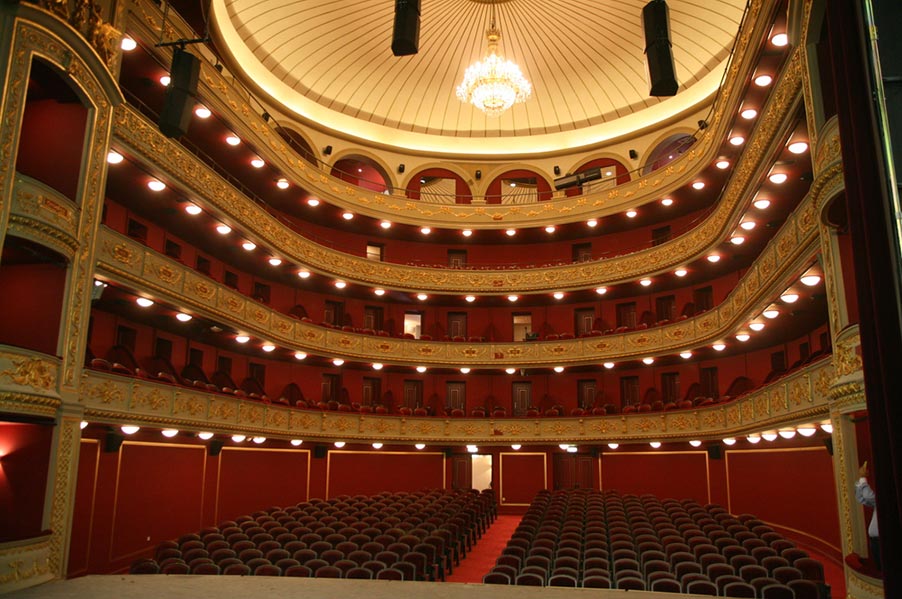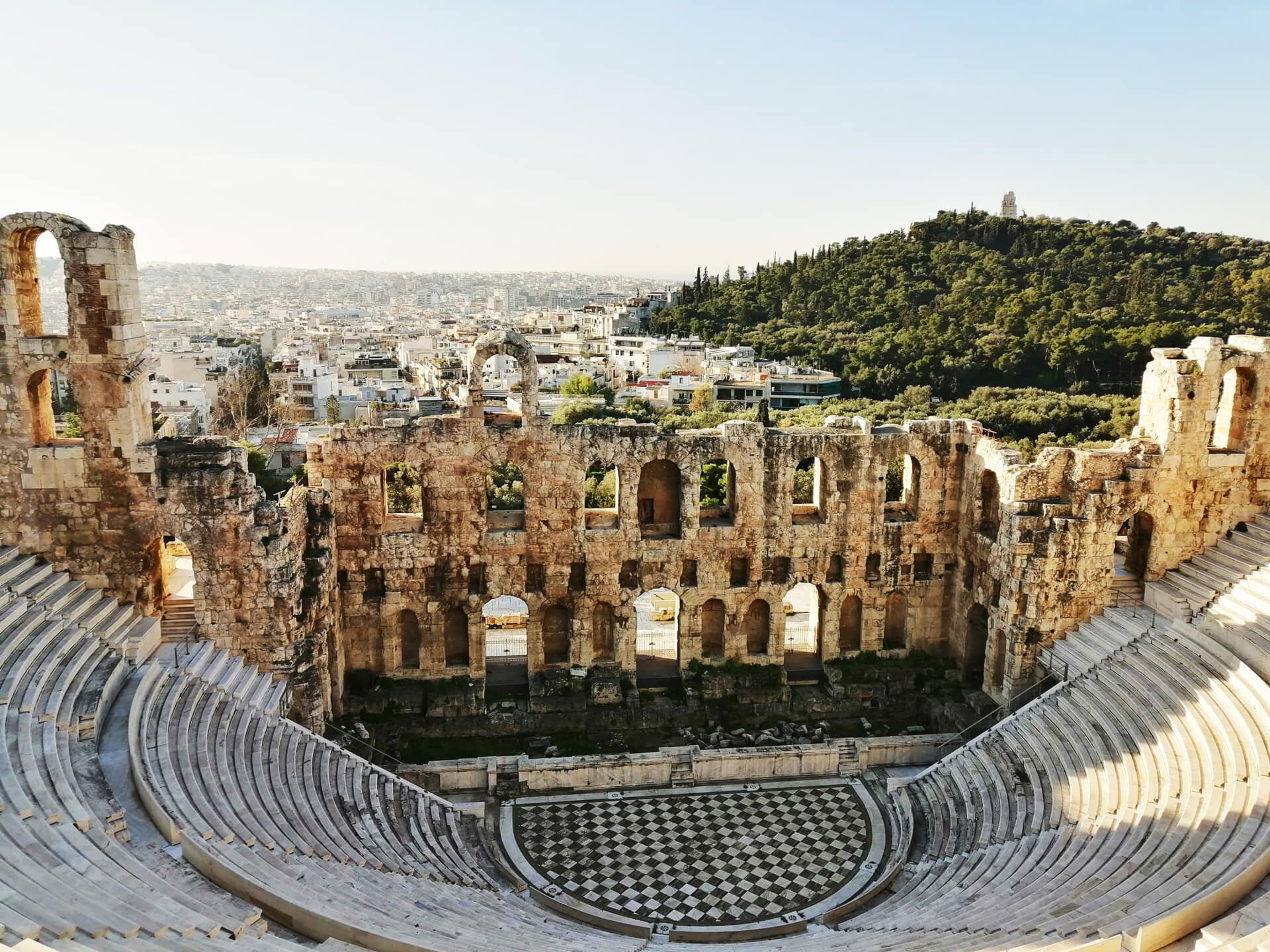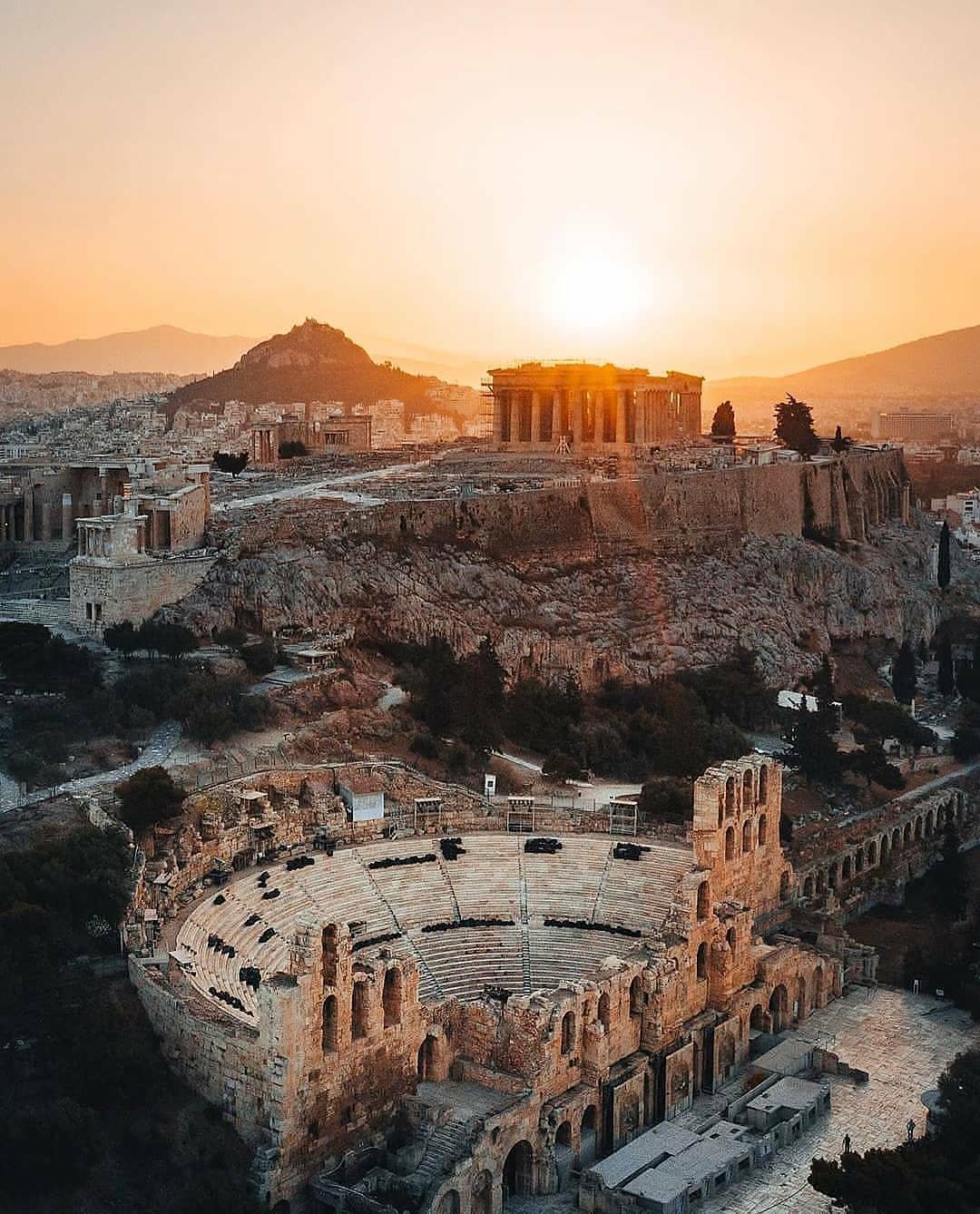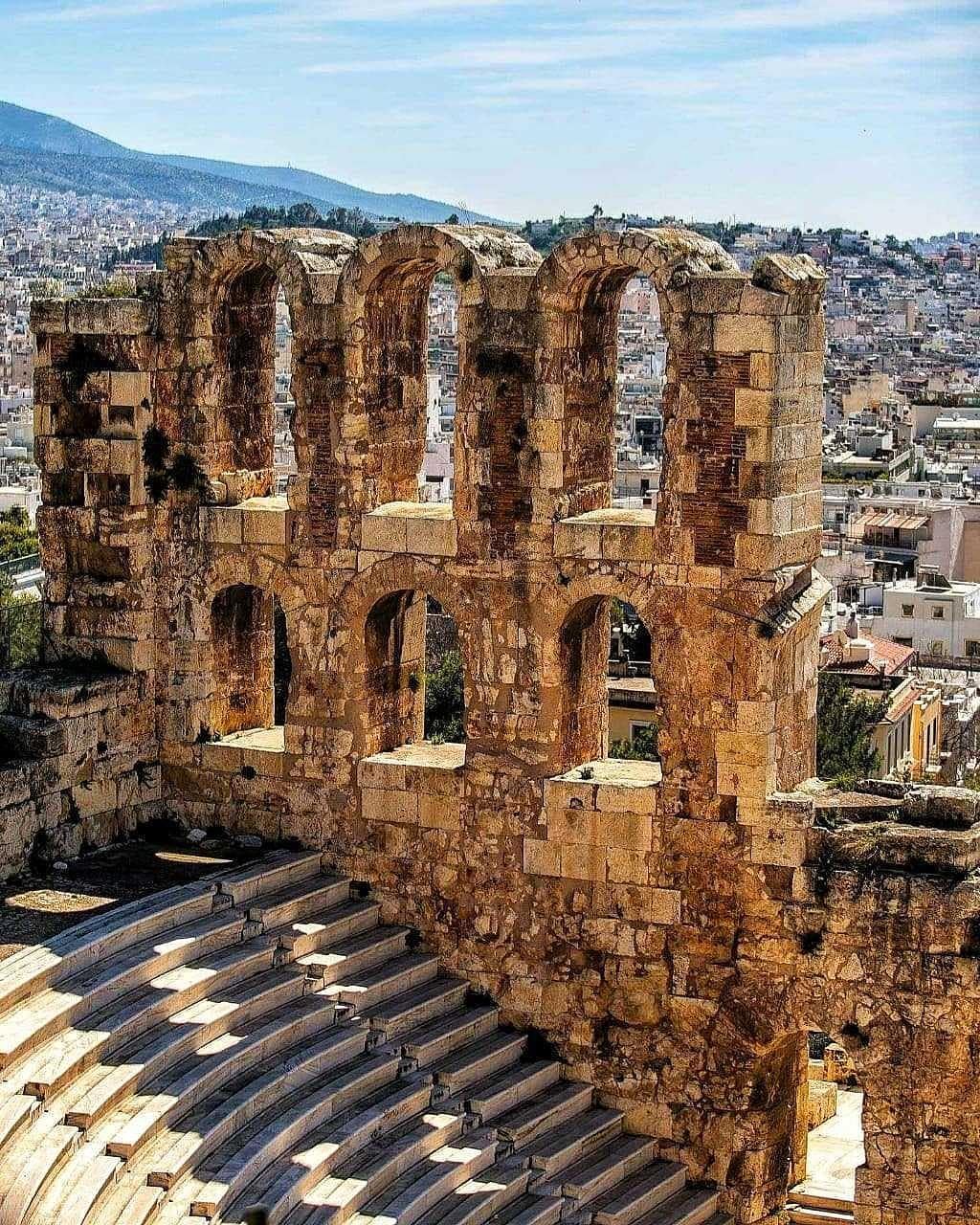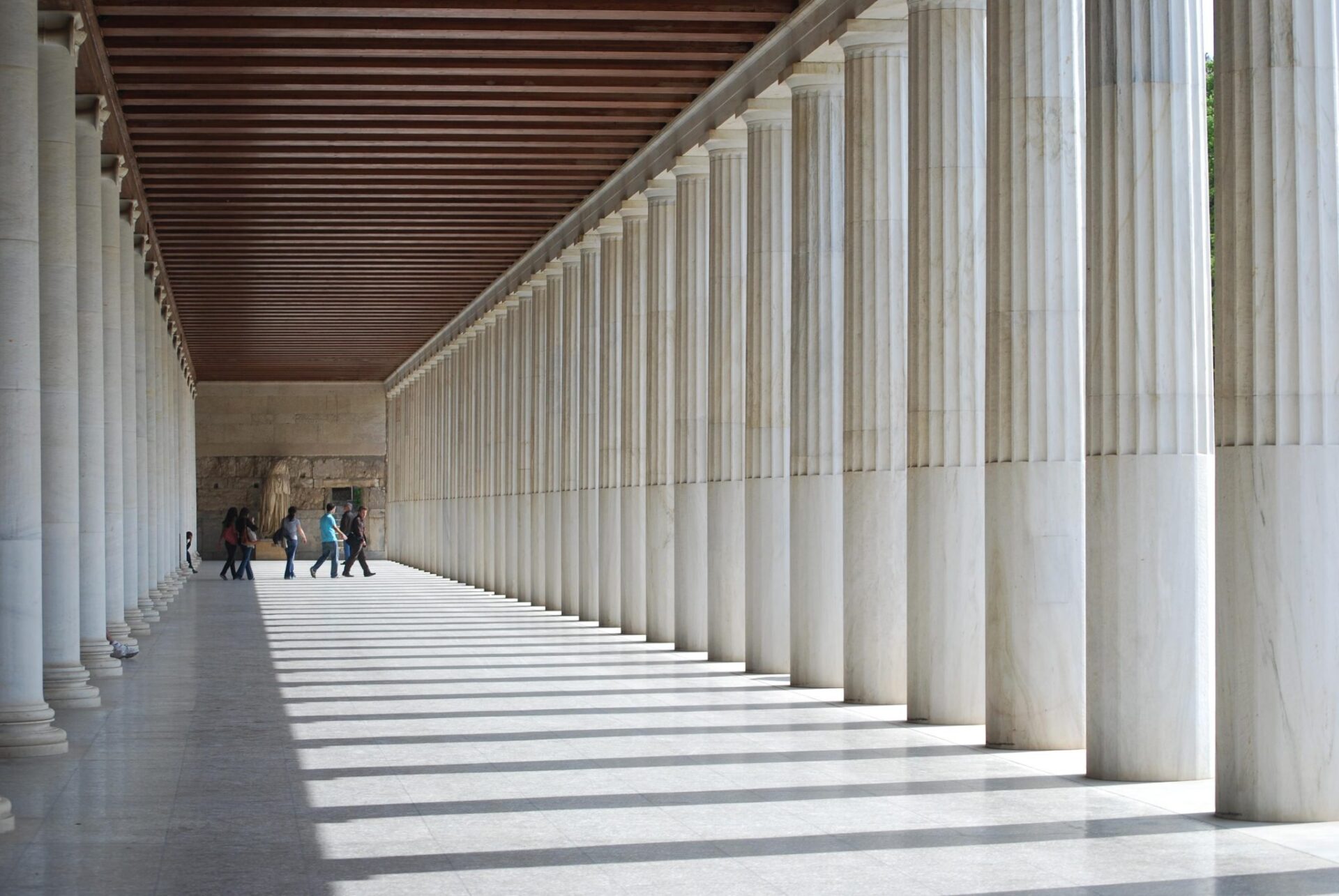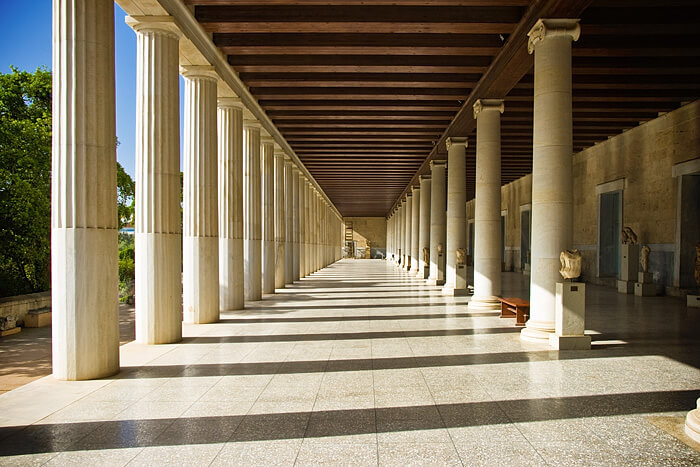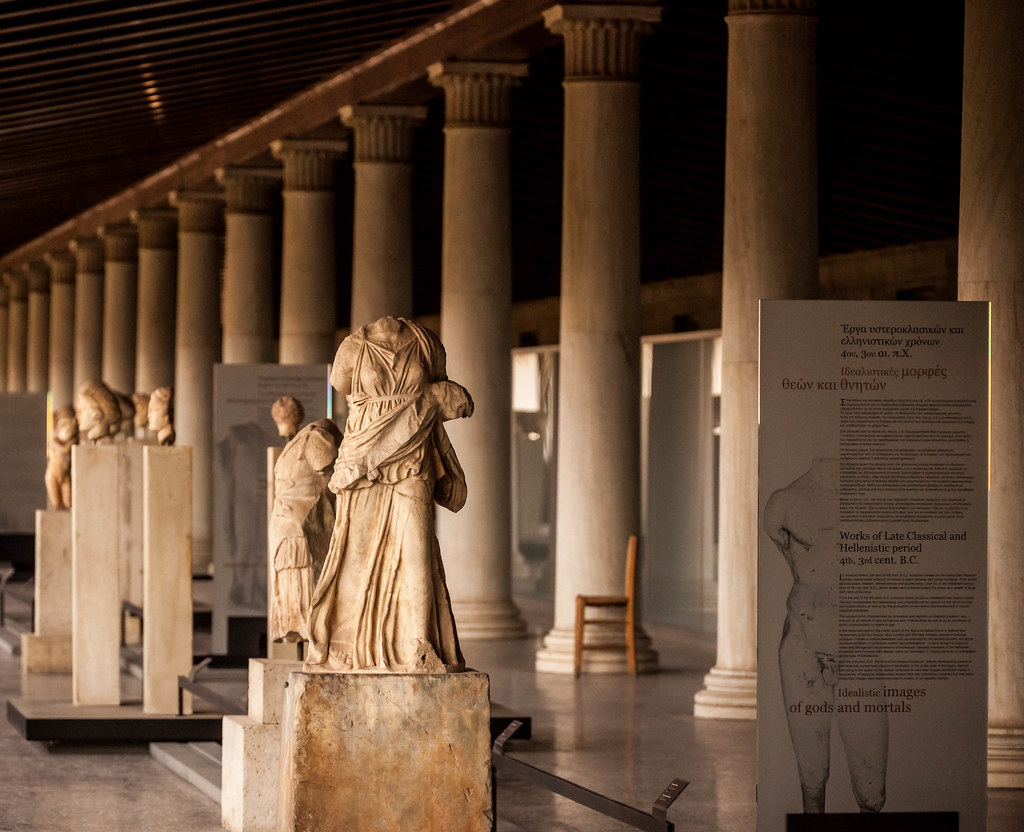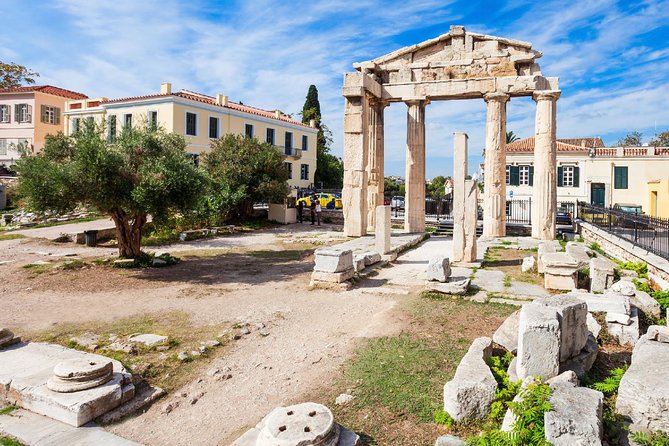The National Archaeological Museum of Athens, the largest archaeological museum in Greece and one of the most important museums in the world- is set to welcome a huge upgrade that will include new spaces, exhibits, a garden and dining areas.
The Greek Minister of Culture and Sports, Lina Mendoni, announced on Monday that the first stages towards the renovation of the National Archaeological Museum in Athens- devoted to ancient Greek art- have taken place, following the approval of the technical stages of the architectural requirements that will be drafted.
“The emblematic and visionary work of the rebirth of the National Archaeological Museum is now in progress. We want a Museum with a strong and clear identity at a national, European and international level. A Museum that promotes Greek culture and Greek identity in the new age,” said Minister Mendoni.
The expansion of the museum will include an underground car park, a new garden, dining areas and an upgraded entrance. The renovation will also focus on adding natural light to the current exhibits and spaces, highlighting Greek civilization through exhibits spanning the centuries.
According to the announcement, the aim of the new plan is to not only highlight ancient Greek art but to also start showcasing contemporary pieces, as both the main and temporary exhibition spaces will increase substantially in size.
“It will be a Museum that inspires contemporary artistic creation and that rejuvenates; defining the rebirth of the wider area of Athens,” added Mendoni.

